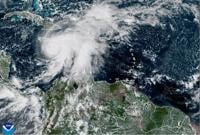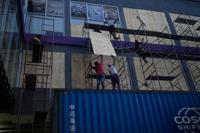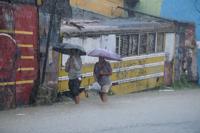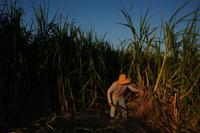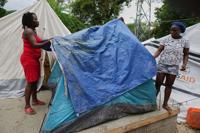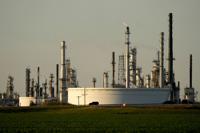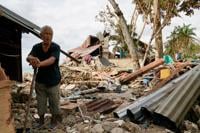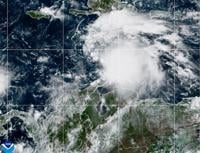The warming of the world's oceans caused by climate change helped double Hurricane Melissa 's wind speed in less than 24 hours over the weeken…
Hurricane Melissa is roaring toward Jamaica with destructive Category 4 winds and was expected to strengthen further before making landfall on the Caribbean nation with up to 30 inches of rain and a life-threatening storm surge. U.S. forecasters say some areas could get 40 inches of rain. Melissa’s center was forecast to move over Jamaica on Tuesday, across southeast Cuba on Tuesday night and across the southeast Bahamas on Wednesday. The slow-moving storm has caused four deaths in Haiti and the Dominican Republic. Melissa had 145 mph winds and could become a Category 5 storm Monday. A storm surge up to 13 feet could affect coastal areas near where Melissa makes landfall.
Hurricane Melissa has strengthened into a major Category 3 hurricane, unleashing torrential rain and threatening to cause catastrophic flooding in the northern Caribbean, including Haiti and Jamaica. Melissa became a hurricane on Saturday and then intensified rapidly into a major storm. U.S. forecasters have issued a hurricane warning for Jamaica and say Melissa could further strengthen into a Category 4 storm. Melissa was centered about 125 miles (200 kilometers) south-southeast of Kingston, Jamaica late Saturday night, and about 280 miles (455 kilometers) west-southwest of Port-au-Prince, Haiti. It had maximum sustained winds of 115 mph (185 kph), the hurricane center said.
SAO PAULO (AP) — Brazilian authorities said Friday they have made progress in solving the housing shortage for attendees of the upcoming U.N. …
In the summers, the sky is jet black when Raul Cruz arrives at this Imperial Valley sugarcane field to start his day. He chops, cleans and bun…
SAN JUAN, Puerto Rico (AP) — Tropical Storm Melissa plodded through the central Caribbean early Friday, with forecasters warning it could soon…
The Trump administration has finalized a plan to open the coastal plain of Alaska’s Arctic National Wildlife Refuge to oil and gas drilling, renewing long-simmering debate over whether to drill in one of the nation’s most sensitive wilderness areas. The plan fulfills a promise by President Donald Trump and congressional Republicans to open this portion of the refuge to possible development. The massive GOP bill of tax breaks and spending cuts that was passed during the summer called for at least four lease sales within the refuge over a 10-year period.
WASHINGTON (AP) — As the United States rapidly builds massive data centers for the development of artificial intelligence, many Americans are …
BANGKOK (AP) — Philippine victims of a 2021 typhoon are seeking compensation from energy giant Shell for deaths and damage that they say were …
SAN JUAN, Puerto Rico (AP) — Tropical Storm Melissa lumbered through the Caribbean Sea on Thursday, bringing a risk of dangerous landslides an…



